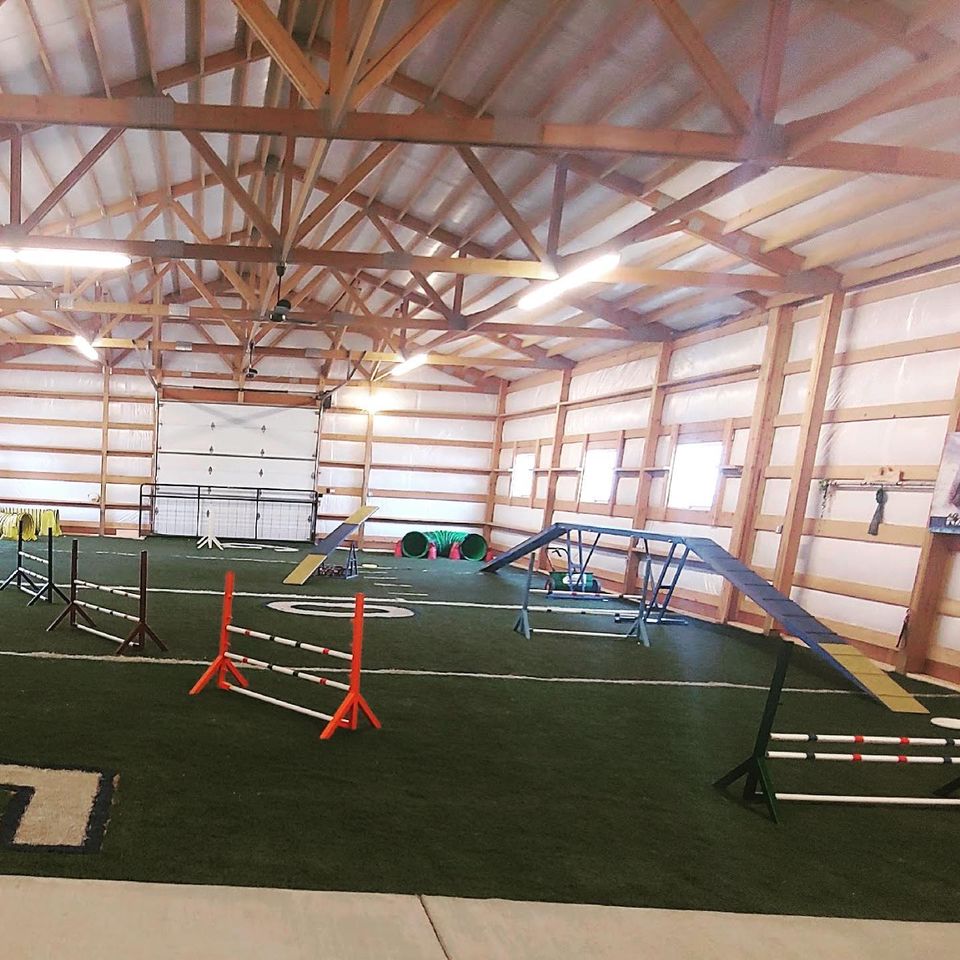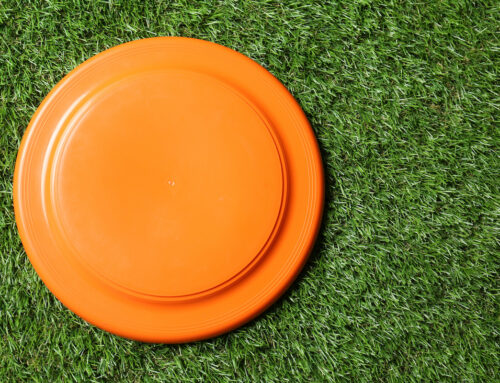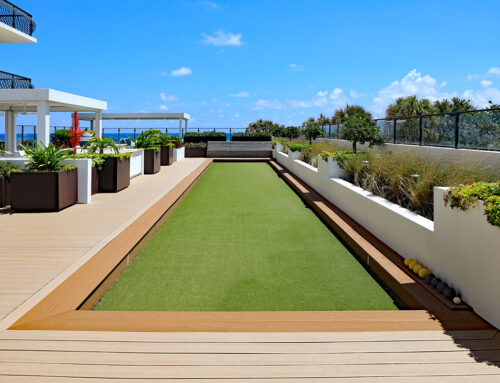Last Updated on December 1, 2021 by ReTurf
When it comes to indoor sports, one of the many costs constraining aspects involves the purchase and installation of artificial turf. This is especially true for small clubs and businesses that require the use of this life-like turf in order to support the events planned. Thankfully used artificial turf is a highly viable option to consider when creating such a venue.
Indoor sports such as soccer, football, volleyball, and lacrosse can all utilize used artificial turf to recreate that of playing on a natural surface. At the same time, gyms, Crossfit, batting cage facilities, and the like can all also benefit from training on such a surface.
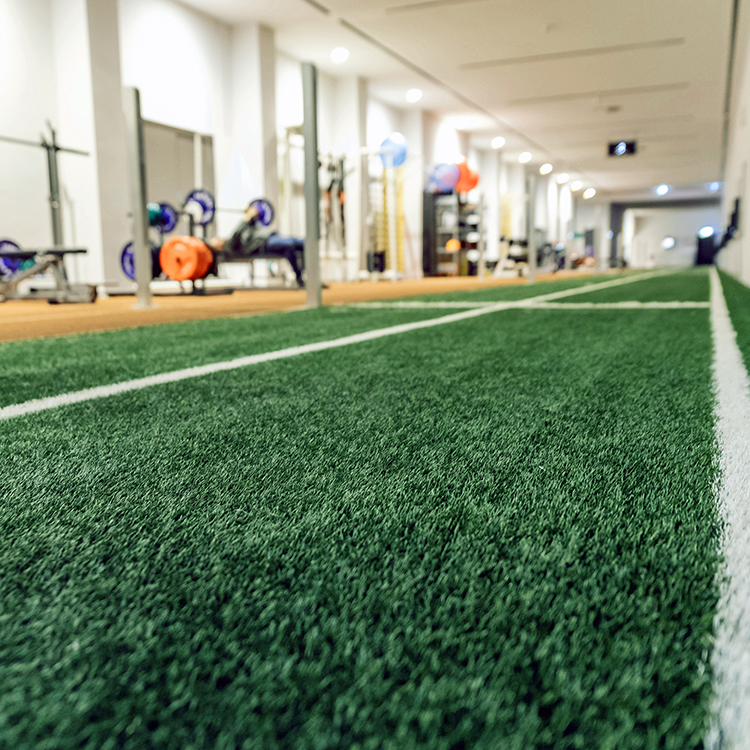
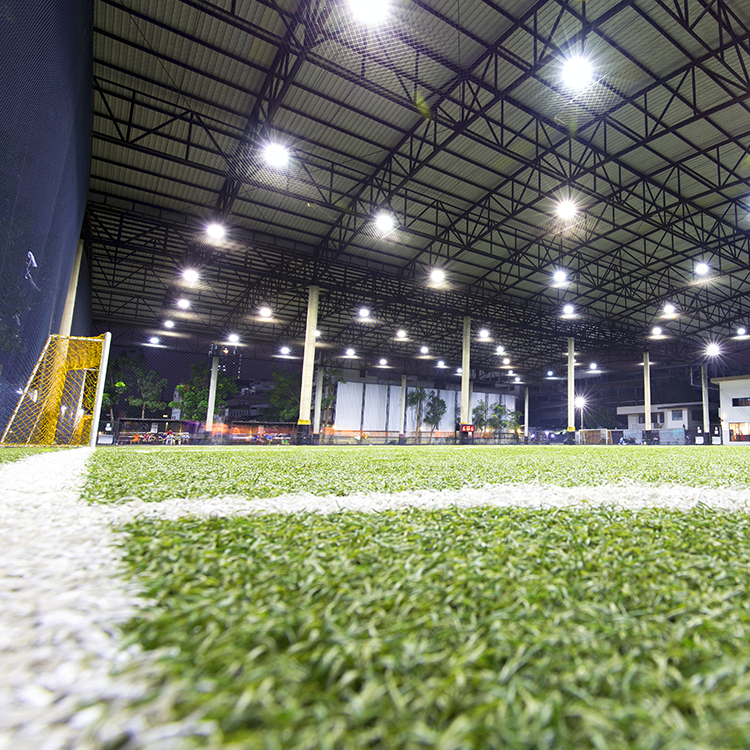
One of the main benefits of artificial turf for indoor sports is that it is extremely versatile and can take a lot of abuse. Between the ease of field prep and the qualities needed to host event after event, used artificial turf is a long-term investment that doesn’t have to break the bank. Even when breaking down those cost considerations, used turf variants are available in different levels of quality. This can help cut costs even further.
Indoor sports are also not affected by the weather (barring a power outage). In this, artificial turf doesn’t require the maintenance that natural grass would. While a natural grass field may benefit from summer rainstorms, this is not a factor indoors with artificial turf.
Re-using artificial turf is also environmentally friendly. Instead of sending these products through recycling processes or to the landfill, re-using turf for indoor sports is a far more environmentally friendly alternative.
Artificial turf is one key to some basic fair play. Being able to provide a consistent playing surface for your given sports event or activity indoors creates a fluid surface that reacts the same from end to end.
For indoor gyms, HIIT and Crossfit, and athletic training facilities artificial turf provide a life-like surface for increased realism. This includes aspects such as traction and resistance which equate to more functional training. When utilized with a padded underlayment, manufactured turf can also provide some shock-absorbing qualities for the increased safety of the participants.
In conclusion, for indoor sports, artificial turf is a no-brainer, but when dealing with cost constraints while trying to provide the best for the participants involved- high quality used artificial turf is an ideal alternative.

